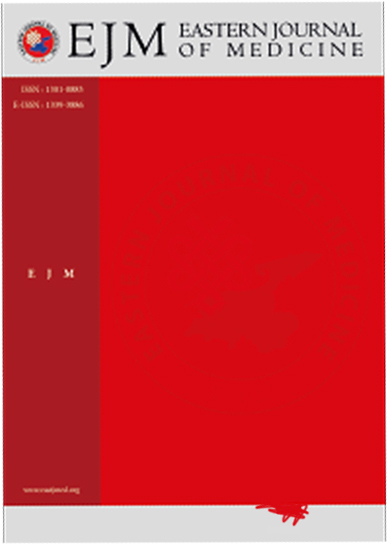Effect of first pregnancy age/teenager pregnancy or no pregnancy on bone mineral density in peri-menopausal women
Ali Ovayolu1, Aylin Turan2, Selver Güler3, Ayla Yava41Department of Obstetrics and Gynecology, Medical School of Istinye University, 34010 Istanbul, Turkey2Department of Obstetrics and Gynecology, Cengiz Gokcek Women
3Public Health Nursing Department, School of Nursing, Sanko University, Sahinbey, Gaziantep, Turkey
4Surgical Nursing Department, Faculty of Health Sciences, Hasan Kalyoncu University, Sahinbey, Gaziantep, Turkey
INTRODUCTION: This study compares bone mineral density (BMD) scores in peri-menopausal women with and without a history of teenage pregnancy (TP) or pregnancies (TPs), for the femoral neck and lumbar spine.
METHODS: Obstetric history, history of menstruation, education, exercise, sex, marital status, residency, income level, and tobacco/alcohol use were assessed. After a DEXA scan, both groups were compared for variables.
RESULTS: A total of 485 patients were included in the study. Most of the analyzed demographic characteristics showed no significant difference between the research groups. The childless group had a higher incidence of femoral bone osteopenia than the group without a history of teenage pregnancy (non-TP) (p<0.05). However, there was no difference in the lumbar spine results between the TP(s), non-TP, and no pregnancy groups (p>0.05). The BMD, T, and Z scores of women's femoral neck/lumbar spine did not alter according to whether they had had one or more TPs.
DISCUSSION AND CONCLUSION: Despite numerous studies, modifiable variables that impact peri-menopausal women's bone health, such as TPs, have not yet been sufficiently identified. Further studies are still needed to find the causes of bone loss in peri-menopause and develop preventive measures/treatments.
Manuscript Language: English














